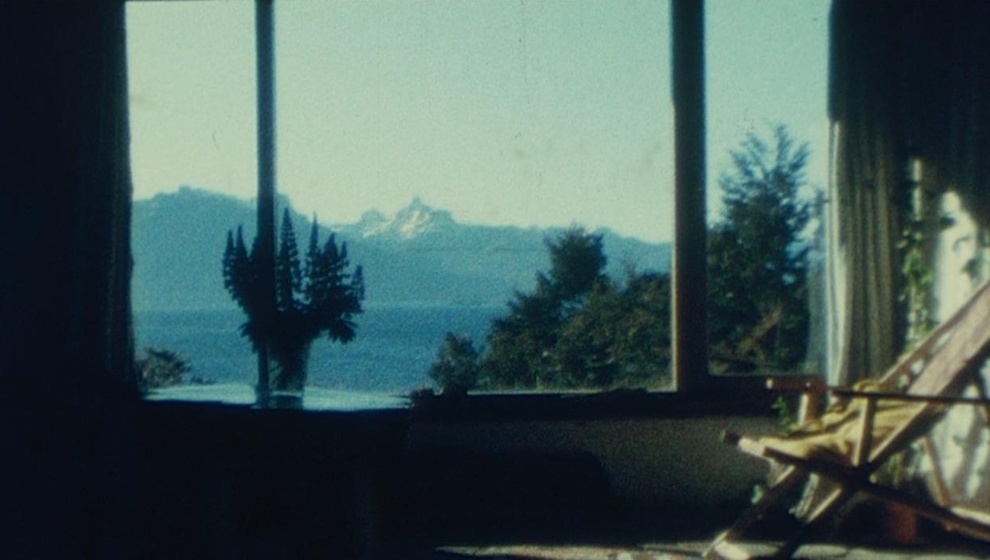Xcèntric 2021
Argentine experimental cinema. A bridge between two generations I
Reality turned experiment
Audiovisuals
Critic and filmmaker Pablo Marín presents an illustrated talk and two programmes on Argentine experimental cinema with works from the 1970s and the present, the two most significant periods in Argentina’s cinema. The films in these sessions stand out for their formal and political radicalism, reflecting the society of the time.
A figure throws a punch at the camera that triggers a chain reaction of burning and disintegration in the film itself. A group of people dressed in black carry a coffin through the streets of Buenos Aires to the mountains of Patagonia. A house out in the open is meticulously filmed as the last refuge from the harshness of the outside world. A woman who looks very much like a guerrilla woman crosses a jungle landscape, repeatedly retracing her steps to observe her potential pursuers through a pair of binoculars. A camera, separated from its operator, spins blurringly in the middle of a virgin, desolate, natural landscape, creating a kind of cathartic performance.
Filmed during the onslaught of persecution, imprisonment and disappearances of Argentina’s last civil-military dictatorship (1976-1983), the films in this session, made by some of the leading names from the country’s most influential generation of experimental filmmakers, demand to be seen not only as a corpus of modernising, challenging films in terms of their conception of a new cinematographic language but also as first-person accounts of the alienating and oppressive reality of the social and political life of their time. The fact that such a series of films emerged during the darkest times of recent Argentine history, films capable of demonstrating a formal and argumentative freedom that is so risky but nevertheless undaunted by the possible repercussions, remains one of the most illuminating and undervalued paradoxes of Argentine cinema.
Boomerang, Julio Otero Mancini, 1976, Super-8 to digital, 5 min; Testamento y vida interior, Narcisa Hirsch, 1976, Super-8, 11 min; Passacaglia y Fuga, Jorge Honik and Laura Abel, 1976, Super-8, 18 min; Sensación 77: Mimetismo, Marie Louise Alemann, 1977, Super-8 to digital, 8 min; Gamelan, Claudio Caldini, 1981, Super-8, 12 min.
Copies courtesy of the artists.
A programme by Pablo Marin.
Participants: Pablo Marín
Directors: Julio Otero Mancini, Narcisa Hirsch, Jorge Honik, Laura Abel, Marie Louise Alemann, Claudio Caldini
This activity is part of Xcèntric 2021



